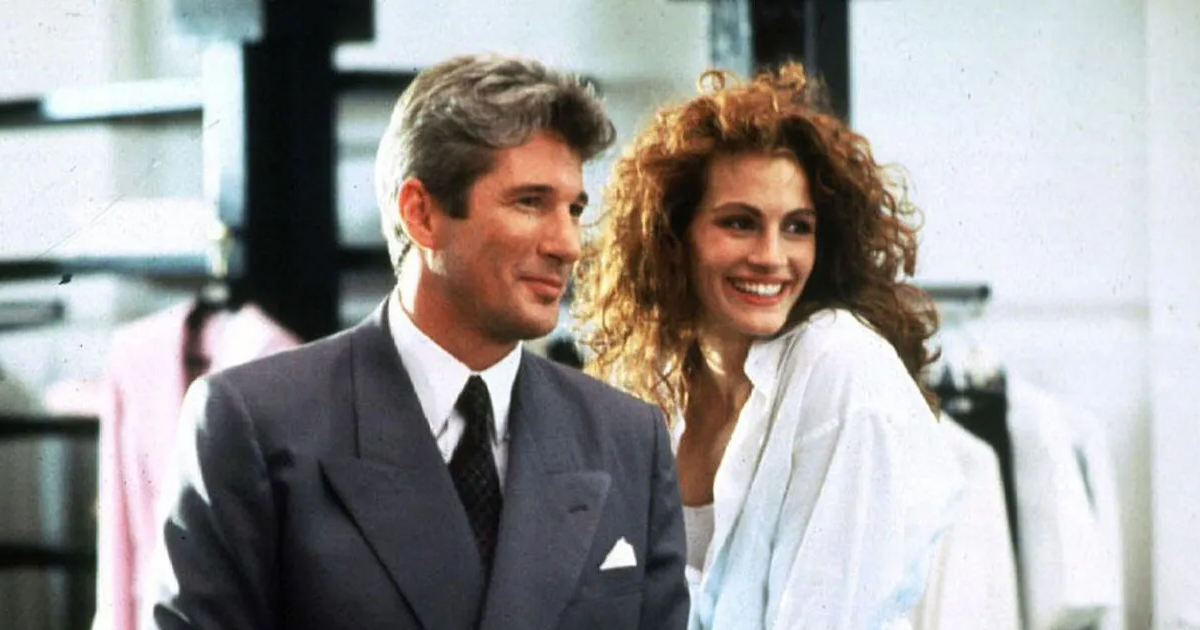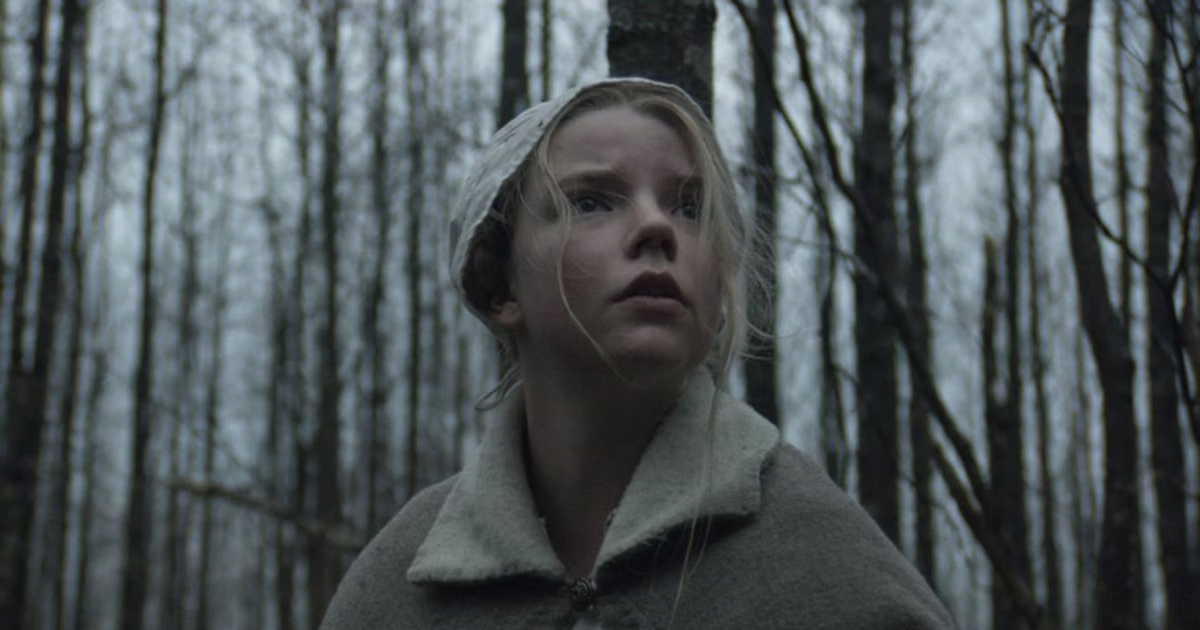Gone Too Soon
Minnie Riperton wasn’t just talented—she was otherworldly. Her voice could soar into places most singers couldn’t even dream of, a sound so rare it felt almost supernatural. She should’ve had decades to mesmerize the world with that limitless power. Instead, tragedy struck at the height of her brilliance, ripping her away from the people who loved her and robbing fans of the breathtaking music she was destined to make.
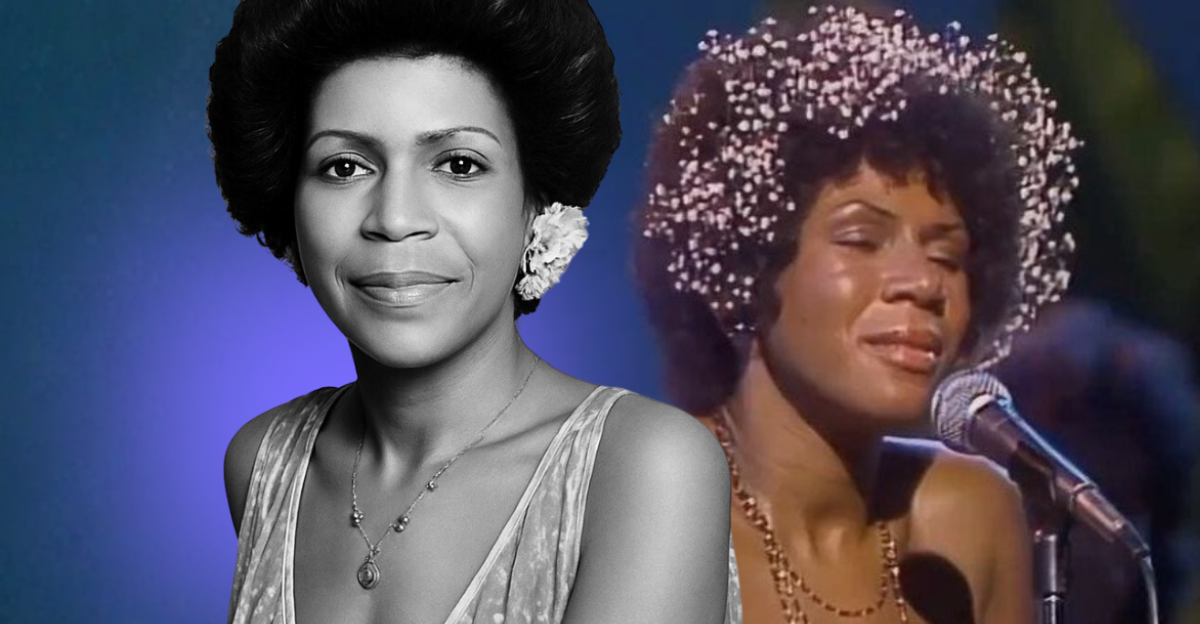
1. She Developed An Early Interest
Born Minnie Julia Riperton, she arrived in the world as the eighth and final child of Thelma and Daniel Riperton. Despite coming from a modest background, the Ripertons were passionate about the arts, ensuring that all of their children had access to them. In fact, without Riperton's parents making their own decisions about her future, life could’ve been very different.
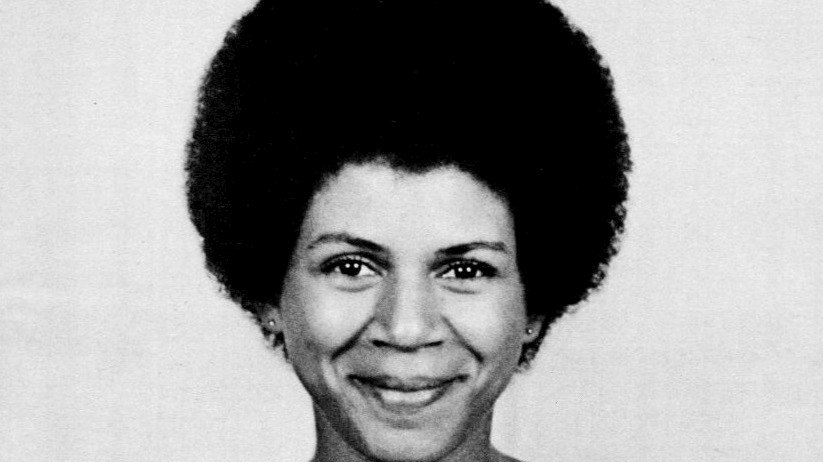 Epic Records, Wikimedia Commons
Epic Records, Wikimedia Commons
2. She Didn’t See Her Talent
Riperton had a talent. However, she couldn’t become the star that she did without someone taking the time to notice and develop that talent. In fact, initially, she put more time into dance than music, participating in ballet and modern dance. In the end, however, her parents gave her a push in the direction they thought was best...
 Epic Records, Wikimedia Commons
Epic Records, Wikimedia Commons
3. Her Voice Was One Of A Kind
Minnie Riperton had a voice unlike any other. Her vocal range spanned five octaves, including one that few others can reach. Riperton could reach the highest register of the human voice, known as the whistle register. However, to turn that natural talent into something beautiful, Riperton needed training.
4. She Got The Best Of The Best
Thanks to her parents, Riperton began to pursue music more seriously, signing up for vocal lessons through the Abraham Lincoln Center in Chicago. Here, her coach, Marion Jeffery, put Riperton through the ropes, pushing her to reach the full potential of her voice. Even then, though, Riperton had other plans.
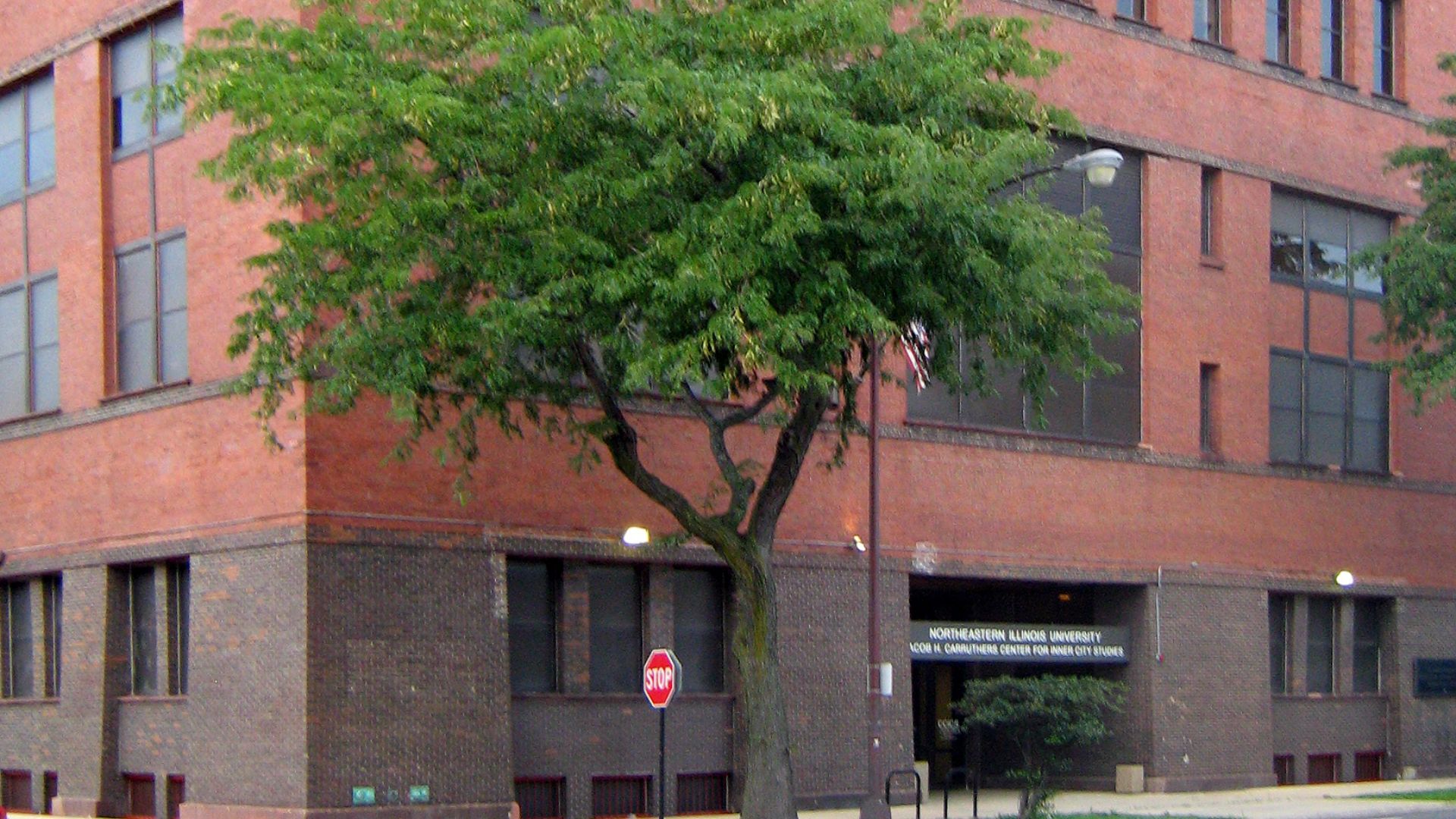 Zol87 from Chicago, IL, USA, Wikimedia Commons
Zol87 from Chicago, IL, USA, Wikimedia Commons
5. She Was Classically Trained
Jeffery guided Riperton to explore the full range of her unique voice. She pushed her through scales and encouraged her to study classical music. Jeffery trained Riperton for a future career in opera, and Riperton certainly had the voice for it. However, as a young woman, something else caught her eye.
6. She Wanted Something Else
For the most part, Riperton followed Jeffery’s instructions. She pushed herself and learned the technical aspects behind her voice. However, opera just didn't appeal to her. Growing up through the 50s and into the 60s, Riperton’s musical influences and interests were far more commercial. She didn’t want the stuffy world of opera, she craved the passionate, mysterious world of another more popular genre...
7. She Threw It All Away
It was soul music that captured Riperton’s attention. She found rhythm and blues (R&B) far more engaging; if she was going to pursue music seriously, then Riperton determined to pursue the music that interested her. So in the end, she discarded a more classical path to pursue her dream, regardless of the risk it brought.
 Michael Ochs Archives, Getty Imgaes
Michael Ochs Archives, Getty Imgaes
8. She Chose Her Path Young
At only 15 years of age, Riperton chose her path. Supported by Raynard Miner, a blind pianist who saw potential in her, Riperton found a spot in a local girl group called The Gems. Although The Gems did little to launch Riperton to stardom, they provided her with something far more important. Through The Gems, Riperton began to express herself. Unfortunately for the young dreamer, despite the opportunity, the business wasn't all it was cracked up to be.
9. She Couldn’t Find The Right Fit
Throughout the roughly seven years performing with The Gems, the group shifted and changed forms many times. They released several local hits under a variety of different names before settling into becoming an established session group called Studio Three. Although Riperton started in the background, she had no intentions of staying there.
 Michael Ochs Archives, Getty Imgaes
Michael Ochs Archives, Getty Imgaes
10. She Made The Right Connections
Singing with Studio Three allowed Riperton to develop relationships within the industry. Among these relationships was Billy Davis. A songwriter and producer, Davis saw something in Riperton and decided to take her under his wing. They began to make a plan to get Riperton’s name out there…or something close to it.
 Michael Ochs Archives, Getty Imgaes
Michael Ochs Archives, Getty Imgaes
11. She Wore A Different Face
Under the guidance of Davis, Riperton released two singles, one of which became a hit in Chicago. However, despite knowing her voice, no one knew Riperton’s name. She released these two singles under the pseudonym Andrea Davis. Even so, Riperton had proven that she had the potential to be a commercial success, but she needed someone to take a proper chance on her.
12. She Made A Change
Capitalizing on the modest buzz that her Andrea Davis recordings created, Riperton decided to try her luck with a new group. Riperton joined several other musicians to create Rotary Connections, backed by Chess Records. While Rotary Connections released six albums in total, Riperton likely remembered this period of her life for something far more significant than music.
 Michael Ochs Archives, Getty Imgaes
Michael Ochs Archives, Getty Imgaes
13. She Capitalized On Connections
Marshall Chess founded Rotary Connection. Chess was also the son of Leonard Chess, the founder of Chess Records. In 1969, three years after Riperton joined Rotary Connection, Chess Records hired a new songwriter. Riperton, entrenched in her music by this point, surely thought nothing of the new songwriter. Ultimately, though, he became the man who’d change her life.
 Michael Ochs Archives, Getty Imgaes
Michael Ochs Archives, Getty Imgaes
14. She Made The Right Connection
Richard Rudolph grew up in a modest neighborhood of Pittsburgh. He joined Chess Records as a songwriter in 1969. It’s unclear when exactly Riperton first met Rudolph or how their relationship developed. However, once the two did make a connection, their chemistry proved impossible to ignore.
 Michael Ochs Archives, Getty Imgaes
Michael Ochs Archives, Getty Imgaes
15. She Collaborated
In September 1970, Riperton released her first solo album. The album, Come to My Garden, featured several songs cowritten by Riperton’s Rotary Connection band member, Charles Stepney, as well as Richard Rudolph. However, Come to My Garden wasn’t the only monumental thing that Riperton and Rudolph announced in 1970.
16. She Made A Vow
One month before Come to My Garden came out, Riperton married Rudolph. Unfortunately, Come to My Garden failed, at least commercially speaking. These days, critics rave about the talent Riperton shows on the record, but at the time, Come to My Garden made few sales. Fortunately, Riperton and Rudolph had a more successful collaboration in the works.
17. She Made A New Legacy
Come to My Garden may not have seen commercial success, but Riperton and Rudolph had another collaboration in the works that had nothing to do with music. Together, the couple began to build a family. They had two children. Their eldest son, Marc, eventually followed his parents into music, but it’s their second child whose name left a lasting impact on the world.
 Michael Ochs Archives, Getty Imgaes
Michael Ochs Archives, Getty Imgaes
18. She Birthed A New Generation
Riperton and Rudolph welcomed a daughter on July 27, 1972: Maya. Today, Maya Rudolph is known and beloved by many around the globe for her hilarious acting chops. However, in the 1970s, she provided the world with a different sort of inspiration, an inspiration few people know about.
 MingleMediaTVNetwork, Wikimedia Commons
MingleMediaTVNetwork, Wikimedia Commons
19. She Found A New Purpose
Following the failure of Come to My Garden and the birth of her children, Riperton changed her focus. She and Rudolph had settled in Florida, and Riperton had poured her focus into raising her children instead. However, just because she’d found a new love, didn’t mean that she’d forgotten her first one.
20. She Got Another Chance
It didn’t take much to pull Riperton back into the world of music. In fact, all it took was a college intern. After hearing a demo of Riperton’s, this intern brought her music to the attention of a higher-up of Epic Records, Don Ellis. Impressed with what he heard, Ellis made Riperton an offer she couldn’t refuse.
21. Her Past Repeated Itself
After signing with Epic Records, Riperton released another album, Perfect Angel. Again, she worked closely with her husband to develop many of the songs that appeared on the album. However, despite releasing three singles, including one written by Stevie Wonder, Riperton began to see her past repeat itself.
 UCLA digital library, CC BY 4.0 , Wikimedia Commons
UCLA digital library, CC BY 4.0 , Wikimedia Commons
22. She Needed Another Chance
Sales for Perfect Angel began slowly. Epic saw this as a sign to give up on the album and begin looking to the future. However, Rudolph didn’t agree. Instead, he pushed Epic to give Perfect Angel one more shot. They agreed to release one more single, and, as it turns out, one more single was all Riperton needed.
 Screenshot from Minnie Riperton – Perfect Angel, Epic Records
Screenshot from Minnie Riperton – Perfect Angel, Epic Records
23. She Found The Right Song
To date, the single they released, “Lovin’ You” is by far Minnie Riperton’s most popular song. The song topped the charts not just in the US but in 24 other countries as well. With the success of “Lovin’ You”, sales for Perfect Angel began to soar as well, eventually going gold. However, “Lovin’ You” held a secret that many fans have long forgotten.
 Screenshot from Minnie Riperton – Lovin’ You, Epic Records
Screenshot from Minnie Riperton – Lovin’ You, Epic Records
24. She Wrote From The Heart
The journey for “Lovin’ You” started years before the world heard it, with Rudolph beginning the composition while the couple still lived in Chicago. However, by the time that the couple began seriously working on the melody, they’d already welcomed Maya into the world. In the end, Maya has been forever tied to the song.
 Screenshot from Minnie Riperton – Lovin’ You, Epic Records
Screenshot from Minnie Riperton – Lovin’ You, Epic Records
25. Her Daughter Inspired Her
The notes from one of the CDs of Riperton’s works remark upon Maya’s involvement in the development of “Lovin’ You”. Supposedly, the melody came about as a means to distract Maya as a toddler; adding more validity to that claim, the unedited version of the song hears Riperton sing “Maya, Maya, Maya” near the end. It's an unusual inclusion, but it proved that perhaps Riperton could be both a mother and a singer after all.
 Screenshot from Minnie Riperton – Lovin’ You, Epic Records
Screenshot from Minnie Riperton – Lovin’ You, Epic Records
26. She Took A Risk
Following the success of Perfect Angel, Riperton began working on her next album, Adventures in Paradise. The album cover featured Riperton seated on an armchair in front of a blue background, with her hand upon a real lion. The first shoot with the lion went so well, the record company felt they should do it again. That’s when things got messy.
 Michael Ochs Archives, Getty Imgaes
Michael Ochs Archives, Getty Imgaes
27. She Almost Lost It All
The idea was that they’d film a clip of Riperton with the lion to promote the album, but in the end, they got more than they bargained for. When Riperton sat down, the lion jumped up and attacked her. Riperton made it out unscathed. However, even risking a sudden attack didn’t revive her career.
 Michael Ochs Archives, Getty Imgaes
Michael Ochs Archives, Getty Imgaes
28. She Lost Her Chance
Adventures in Paradise didn’t see the success that Perfect Angel did, nor did her following album. Riperton should’ve had the chance to make a comeback; her undeniable talent, combined with the support of her husband, promised great things. However, everything changed when she appeared on The Tonight Show in August 1976. The world, waiting for an announcement of something great, received heartbreaking news instead.
29. She Received Bad News
Not even a year after the release of her first big hit, Riperton received a diagnosis that changed everything. When she bravely stepped out onto the stage of The Tonight Show that night in August, Riperton had already known that she’d been suffering from breast cancer for seven months, and the prognosis did not look good.  Soul Train, Getty Imgaes
Soul Train, Getty Imgaes
30. She Had Only One Option
Riperton received her diagnosis in January 1976. Four months later, she underwent surgery to remove the infected area to free her from the infected tissue. It took a lot of bravery to take not just that step, but to sit upon The Tonight Show’s stage and tell the world about her journey. However, even then, Riperton held back information. She had one last secret she didn’t share with the world.
 Richard E. Aaron, Getty Imgaes
Richard E. Aaron, Getty Imgaes
31. Her Future Looked Grim
The truth was that despite undergoing a mastectomy, Riperton had found the illness too late. By the time the doctors gave her the diagnosis, the cancer had already spread throughout her body. It had settled into her lymphatic system. Unlike with her chest, doctors couldn’t simply remove the infected lymph nodes and cure her.
32. She Refused To Backdown
At the time of her diagnosis, Riperton’s prognosis was grim. The doctors didn’t want to give Riperton false hope. They informed her that she had six months to live. But when she told the world about her illness, she kept this fact to herself. Riperton easily could have given up; instead, she decided to turn this tragedy into something powerful.
33. She Defied The Odds
Riperton defied the initial prognosis in more ways than one. Not only did she survive her first six months, but Riperton continued to thrive. She did what she did best—Riperton continued to bring joy to others’ lives by creating music. She refused to slow down, touring through 1977 and 1978. She also decided to use her fame for something meaningful.
 Michael Ochs Archives, Getty Imgaes
Michael Ochs Archives, Getty Imgaes
34. She Shared Her Journey
Riperton’s choice to share her diagnosis and struggle with the world had a huge impact on society at large. In 1978, she teamed up with the American Cancer Society in order to share her story and help others suffering like her. As the national spokeswoman during their 1978-1979 campaign, she had the chance to truly make a difference in the world, and she did just that.
 Matthew R. Lee, Wikimedia Commons
Matthew R. Lee, Wikimedia Commons
35. She Changed People’s Perspectives
Riperton played a large role in changing the way that society looked at and discussed cancer. Through her role with the American Cancer Society, Riperton pushed for early detection. After all, if doctors had discovered hers sooner, her story may have been different. Riperton’s strength brought her to heights she’d surely never dreamed of before.
 JJonahJackalope, Wikimedia Commons
JJonahJackalope, Wikimedia Commons
36. Her Courage Earned Her Recognition
The world saw Riperton’s strength. They recognized the courage that it took for her to continue to fight, not just for her health, but for her life and the lives of others. As a result, then-President Jimmy Carter recognized her with the ACS Courage Award. Riperton showed the world what true strength looked like, over and over.
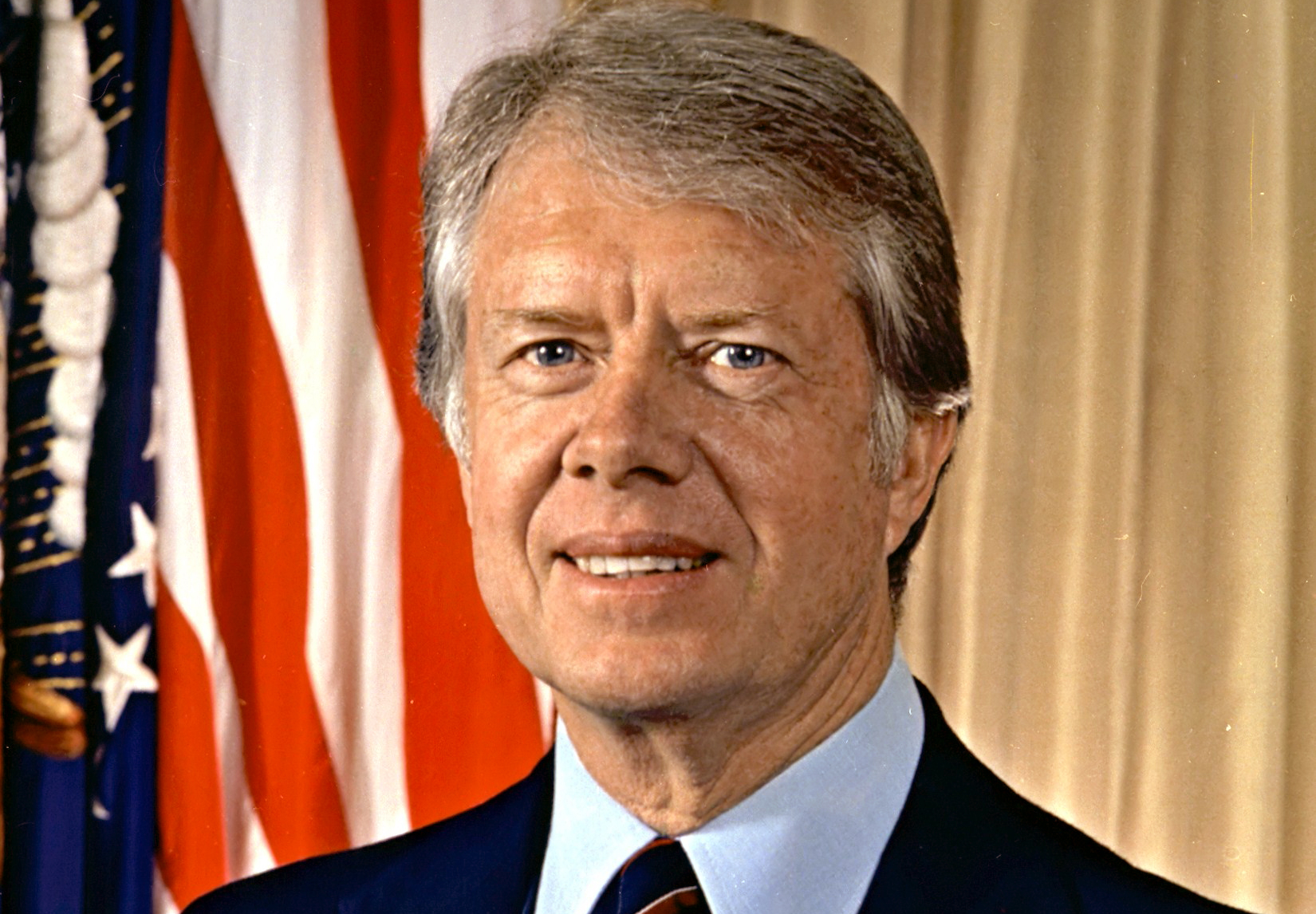 Department of Defense, Wikimedia Commons
Department of Defense, Wikimedia Commons
37. She Kept On Going
Riperton didn’t give up after receiving her diagnosis. She continued to do the things that brought her joy. In 1979, three years after telling the world about her illness, Riperton released another album, Minnie. Unlike her earlier albums, Riperton had to fight to release Minnie and share it with the world.
 Michael Ochs Archives, Getty Imgaes
Michael Ochs Archives, Getty Imgaes
38. She Did What She Did Best
By the time Riperton recorded Minnie, her cancer had only progressed. She suffered from significant pain most of the time she worked on that album. However, that pain didn’t stop her. She couldn’t slow down. She knew she didn’t have much time left.
39. She Continued To Promote
Riperton had no intention of stopping after releasing her album. Now that she had put it out in the world, she still needed to promote it. During the months that followed the release of Minnie, Riperton continued to make appearances and performances. However, she could no longer hide the truth from the world. Everyone could see what Riperton surely felt in her bones: the end was near.
40. Her Illness Had Spread
As a result of the disease affecting her lymphatic system, Riperton began to experience swelling throughout her body as the cancer began its aggressive attack against that system. Despite her brave fight, by 1979, Riperton’s body was losing, and everyone could see it.
 Michael Ochs Archives, Getty Imgaes
Michael Ochs Archives, Getty Imgaes
41. She Couldn’t Hide The Symptoms
The swelling in her body led to dramatic physical consequences. The swelling became so bad that Riperton could no longer move her right arm. Something that fans could see during her performance on the Mike Douglas Show, as Riperton’s arm remained immobile by her side the entire time. Despite this, the audience likely did not realize just how special a performance they were watching.
 Screenshot from The Mike Douglas Show, Westinghouse Broadcasting (Group W)
Screenshot from The Mike Douglas Show, Westinghouse Broadcasting (Group W)
42. She Reflected On Her Life
A keen listener could tell that Riperton had begun thinking about the end, or rather, the things that she would leave behind. During her performances, she began changing her lyrics. “Lovin’ You” always included an ode to her daughter, Maya, but now she included her son too, changing the lyrics to include her nickname for him. She knew that she couldn’t go on forever.
 Richard E. Aaron, Getty Imgaes
Richard E. Aaron, Getty Imgaes
43. She Put On A Show
The audience of the Mike Douglas Show that night did not realize that they’d been a tragic part of history. That proved to be Riperton’s last televised performance. Riperton had impressed the world with her strength and determination; she’d proven that your diagnosis didn’t define you. However, her body finally refused to continue. She’d reached the point of no return.
 Screenshot from The Mike Douglas Show, Westinghouse Broadcasting (Group W)
Screenshot from The Mike Douglas Show, Westinghouse Broadcasting (Group W)
44. She Worked Until The End
Riperton released Minnie in May 1979. She continued to promote her album for as long as she was able to. However, barely a month later, Riperton’s body finally gave out. Her failing health forced her to bed rest by mid-June. Her friends and family had to prepare themselves for the moment they’d all been avoiding since the start.
45. She Fought Until She Couldn’t
Minnie Riperton entered LA’s Cedars-Sinai Medical Center on July 10, 1979, three years and five months after receiving her initial diagnosis. Riperton managed to pack those three years with as much music and meaning as she could. However, she surely knew the truth. She could never avoid her fate, only delay the inevitable for as long as she could.
 Jorobeq at English Wikipedia, Wikimedia Commons
Jorobeq at English Wikipedia, Wikimedia Commons
46. She Left Behind A Legacy
Held safely in the arms of her loving husband, Minnie Riperton left the world two days later, at 10 am on July 12. Only 32 years old, she left behind her two children, 11 and 7 respectively, but a powerful legacy of both music and strength. Her illness cut her down in her prime, leaving a hole in the world that those she left behind attempted to fill.
 Wildhartlivie, Wikimedia Commons
Wildhartlivie, Wikimedia Commons
47. Her Loss Was Felt Keenly
Riperton and her husband, Richard Rudolph, had built both a career and a life together. He surely felt her loss deeply; they’d been promised a life together, and instead they’d only gotten a little over 9 years. However, they’d not just been lovers but creators. Rudolph channeled his grief into the one way he knew to immortalize his late wife.
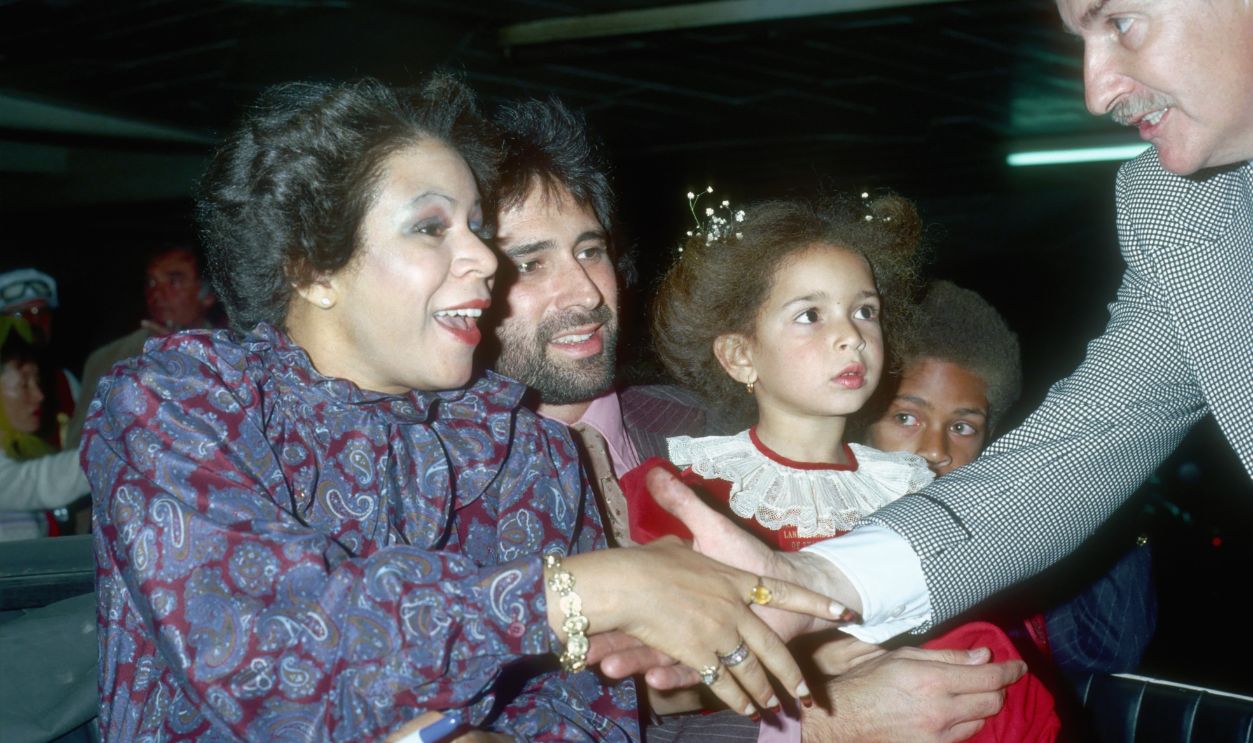 Michael Ochs Archives, Getty Imgaes
Michael Ochs Archives, Getty Imgaes
48. She Never Stopped Creating
Riperton had been creating right up until the moment that her body had forced her to stop. While she released Minnie before the end, she left behind other pieces of music half-finished. This allowed Rudolph to show the world just what his wife meant to him. He gifted the world one last piece of his Minnie.
49. She Inspired Others
A year after her passing, Rudolph released his final love letter to his wife, her final posthumous album: Love Lives Forever. The album consists of seven songs, all featuring vocals Riperton left behind, combined with artists who had come together to share their love and talent to ensure that Riperton got one last show.
50. She Proved Love Lives Forever
The album features music and backup vocals from artists such as Peabo Bryson, Michael Jackson, and Stevie Wonder. Love Lives Forever is truly a love letter to Riperton. The back of the album cover included a quote and signature from each artist, capturing what Riperton had meant to them. Through them, Minnie Riperton got to live on, for a few moments longer.
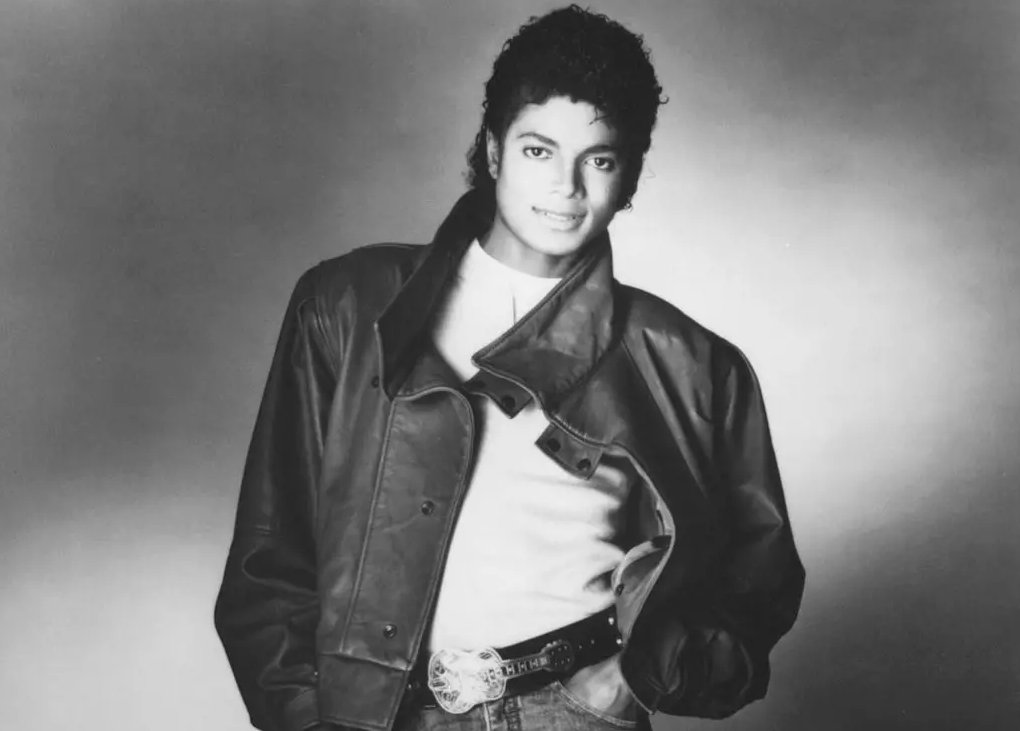 Matthew Rolston, Wikimedia Commons
Matthew Rolston, Wikimedia Commons
You May Also Like:



















